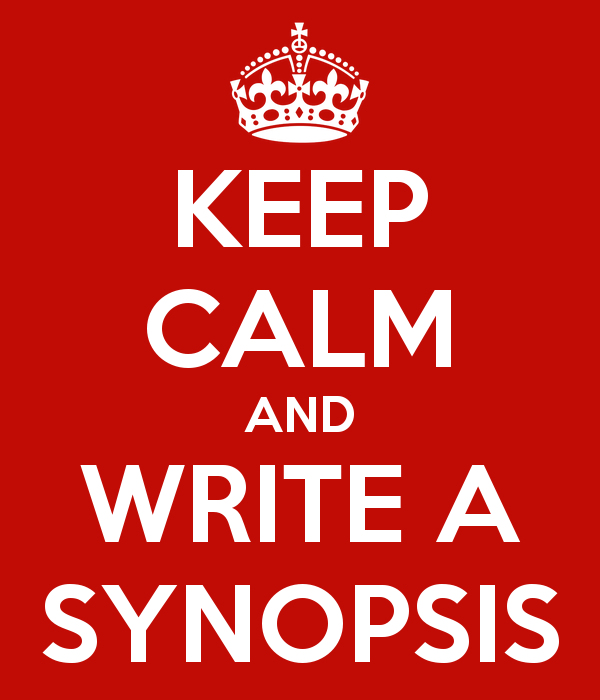
Writers Chat
Writers Chat Recap For June Part 1
Writers Chat, hosted by Johnnie Alexander, Brandy Brow, and Melissa Stroh, is the show where we talk about all…
June 21, 2024
Writers Chat, hosted by Johnnie Alexander, Brandy Brow, and Melissa Stroh, is the show where we talk about all…
June 21, 2024
“I have never worked a day in my life without selling. If I believe in something, I sell it,…
July 13, 2021
In the business of screenwriting, everyone dreams of getting a big sale with their passion project, projects they worked…
April 4, 2020
We’ve written the book, isn’t that enough? Now they want us to write a query, a pitch, a proposal,…
December 25, 2019
We’re well into spring in most of the country, which means for writers, we’re also well into contest season.…
May 23, 2019
The first part of this series examined the Query Letter. In this column, we’ll look at the synopsis. Most…
December 14, 2015